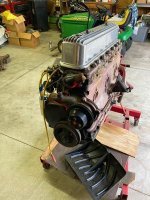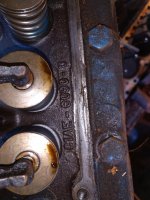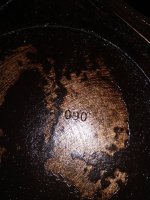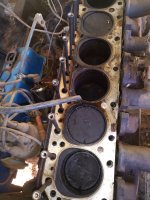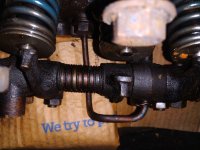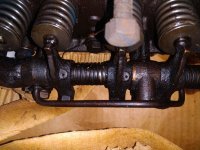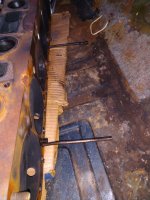So I acquired my grandfathers 55 f100 this weekend and at some point my father cracked the head and threw the old one out  unfortunately so he put a head from a 58 on there and to his credit it does work but the valve cover doesn't bolt on well so I'm contemplating the idea of replacing the head since it isn't correct or original. The rest of the truck was restored to original, so I don't really want to modify it alot. But... I want an economic solution to more power. I thinking an aluminum head? Maybe a turbo? I've always wanted to turbo a strait 6, though from what I've read, the 223 isn't the best choice, thoughts?
unfortunately so he put a head from a 58 on there and to his credit it does work but the valve cover doesn't bolt on well so I'm contemplating the idea of replacing the head since it isn't correct or original. The rest of the truck was restored to original, so I don't really want to modify it alot. But... I want an economic solution to more power. I thinking an aluminum head? Maybe a turbo? I've always wanted to turbo a strait 6, though from what I've read, the 223 isn't the best choice, thoughts?
Does anyone have a head for this for sale?
Does anyone have a head for this for sale?
Last edited:





